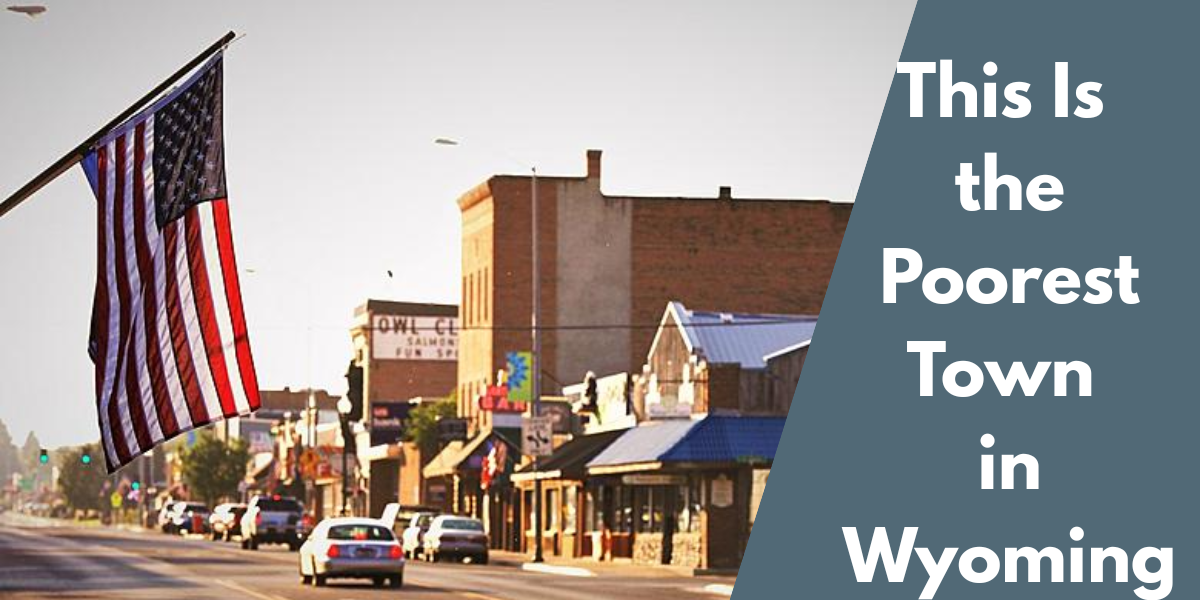Bismarck, ND – While North Dakota is widely known for its open skies, friendly communities, and scenic drives, one of its most-traveled roadways has also earned a troubling reputation. Interstate 94 (I-94), which cuts across the state from Fargo to the Montana border, has been ranked among the most dangerous tourist attractions in the United States, according to recent safety analyses.
A Vital Travel Corridor with a Dark Side
I-94 is North Dakota’s main east–west highway, carrying thousands of residents, truckers, and tourists every day. The interstate provides access to popular destinations like Theodore Roosevelt National Park, Fargo’s cultural attractions, and the North Dakota Badlands.
But beyond its role as a connector, I-94 has developed a reputation for danger. On average, more than 300 crashes occur annually along the highway, resulting in around 25 fatalities each year. For visitors expecting a leisurely road trip, the risks can come as an unpleasant surprise.
Why I-94 Is So Dangerous
Several factors contribute to I-94’s ranking as one of the nation’s deadliest stretches of road:
Heavy Trucking Traffic
As a major shipping route across the Midwest, I-94 sees a steady stream of 18-wheelers and freight trucks. The mix of high-speed trucking traffic and family vehicles or RVs creates conditions where collisions can quickly become deadly.
Treacherous Road Features
Drivers often encounter narrow shoulders, ongoing construction projects, and sharp curves, particularly in stretches between urban and rural zones. These sudden transitions can catch tourists—especially those unfamiliar with the area—off guard.
Harsh Weather and Poor Visibility
North Dakota weather is notoriously unpredictable. Winter brings blizzards, black ice, and whiteout conditions, while high winds year-round reduce visibility. Tourists unfamiliar with such conditions often underestimate the danger, making I-94 especially risky during storm season.
Urban Congestion Trouble Spots
Crash risks spike near cities such as Fargo, Bismarck, and Dickinson, where congestion combines with construction zones. Tourists navigating unfamiliar exits and detours often find these stretches particularly hazardous.
Safety Tips for Tourists Driving I-94
Despite its dangers, I-94 remains the main gateway to many of North Dakota’s most beloved destinations. Safety experts recommend that visitors take precautions before hitting the highway:
- Check weather and construction reports before traveling.
- Drive defensively and give trucks extra space.
- Avoid distractions like texting, especially in high-traffic zones.
- Pack emergency supplies such as food, blankets, and a first-aid kit, particularly in winter.
- Plan extra time in your schedule to avoid feeling rushed on hazardous stretches.
Read Also: Why New Hampshire’s Mount Washington Is Called America’s Most Dangerous Mountain
Why a Highway Is Considered a “Tourist Attraction”
According to the Wrangler, While I-94 itself isn’t a scenic destination, it is considered a “tourist attraction” because almost every traveler uses it to reach North Dakota’s highlights. From the historic Medora Musical to the Badlands and Theodore Roosevelt National Park, I-94 is the unavoidable pathway for millions of visitors.
The highway’s dual nature—as both a gateway to natural beauty and a risk-laden road—makes it stand out nationally.
I-94 at a Glance
| Factor | Details |
|---|---|
| Annual Crashes | 300+ reported along ND’s stretch of I-94 |
| Fatalities | Approx. 25 each year |
| Primary Hazards | Truck traffic, construction zones, narrow shoulders, and winter storms |
| Worst Areas | Fargo, Bismarck, and Dickinson corridors |
| Tourist Impact | Main route to Badlands, Theodore Roosevelt NP, and cultural attractions |
Final Takeaway
North Dakota offers breathtaking landscapes and welcoming communities, but Interstate 94 poses real risks for travelers. Heavy truck traffic, unpredictable weather, and high crash rates make it one of the most dangerous travel routes in the U.S.
For tourists planning a trip, the key is preparation: check forecasts, allow extra time, and treat I-94 with respect. A cautious approach can mean the difference between a safe journey and a tragic accident.
Have you ever driven I-94 in North Dakota? Did you feel the road was risky, or was your trip smooth? Share your experience in the comments on ibwhsmag.com and join the discussion with other travelers.


 by
by 

